1. CRITERIOS PARA SU ELABORACIÓN
1.1. La rotulación debe ser siempre sencilla y fácil de leer.
1.2. Evitar los letreros decorativos en caso de un cartel muy formal, ya que dificultan la lectura.
1.3. Las rotulaciones deben ser legibles, con diseños sencillos
1.4. Tener una plantilla para evitar que se evidencien problemas espaciales.
2. TÉCNICAS PARA DISEÑARLOS
2.1. Litografía: Proceso de estampación a partir de una matriz de piedra calcárea.
2.2. Xilografía: Grabación de imágenes mediante planchas de madera. Se divide en:
2.2.1. Xilografía a fibra “madera al hilo”
2.2.2. Xilografía a contrafibra “madera a la testa o a contrahilo”
3. TIPOS
3.1. Publicitarios
3.2. Informativos
3.3. Comerciales
3.4. Políticos
3.5. Expositivos
3.6. Formativos
3.7. Culturales
3.8. De Entretenimiento
4. Los afiches son láminas de papel, cartón u otro material. Son empleados en el comercio, la educación, la industria, la política, la salud, etc.
4.1. Son un medio de comunicación entre el comerciante y el público,
4.2. Poseen un gran atractivo visual.
4.3. Ayuda a presentar ideas frente a un gran número de personas
4.4. Establece una comunicación clara y poderosa
4.5. Mensajes más eficaces que causan mayor impacto.
5. HISTORIA DEL AFICHE
5.1. Nace en el año 1866 por medio Jules Cheret
5.1.1. Situational Analysis / Drivers
5.1.1.1. What is driving us to do this?
5.1.1.2. SWOT Analysis
5.1.1.2.1. Strengths
5.1.1.2.2. Weaknesses
5.1.1.2.3. Opportunities
5.1.1.2.4. Threats
5.1.1.3. Customer Findings - What have we learned from customers?
5.1.2. Competitive Analysis
5.1.2.1. Do we have competitors and threats in these target markets with the proposed offerings?
5.1.2.2. What are our competitors doing and how are they positioning?
5.1.2.3. How do we position against each competitor?
5.1.3. Target Customer(s)
5.1.3.1. Buyer Profile
5.1.3.1.1. Title
5.1.3.1.2. Industry
5.1.3.1.3. Geography
5.1.3.1.4. Business Size
5.1.3.2. Influencer Profile
5.1.3.3. User Profile
5.1.3.4. What do customers want and need?
5.1.3.5. What business problems do each of these customers have?
5.1.4. Customer Segmentation
5.1.4.1. Which customers or sets of customers do we sell to?
5.1.4.2. What are the target market segments that we want to go after?
5.1.4.3. What are the distinct problems for each segment of the market?
5.1.5. Total Available Market
5.1.5.1. New Prospects
5.1.5.1.1. How much of each target segment have we penetrated?
5.1.5.1.2. How much opportunity is available in each target segment?
5.1.5.2. Existing Customers
5.1.5.2.1. Can we up-sell existing customers?
5.2. en 1870 las calles de París, Milán y Berlín se transforman en galerías de arte
5.2.1. Service Offer
5.2.1.1. What are we selling?
5.2.1.2. Product Definition
5.2.1.3. Pricing
5.2.1.4. Packaging
5.2.1.5. Positioning
5.2.2. Value Proposition
5.2.2.1. What is the Value Proposition to the Customer?
5.2.2.2. What pain are we solving?
